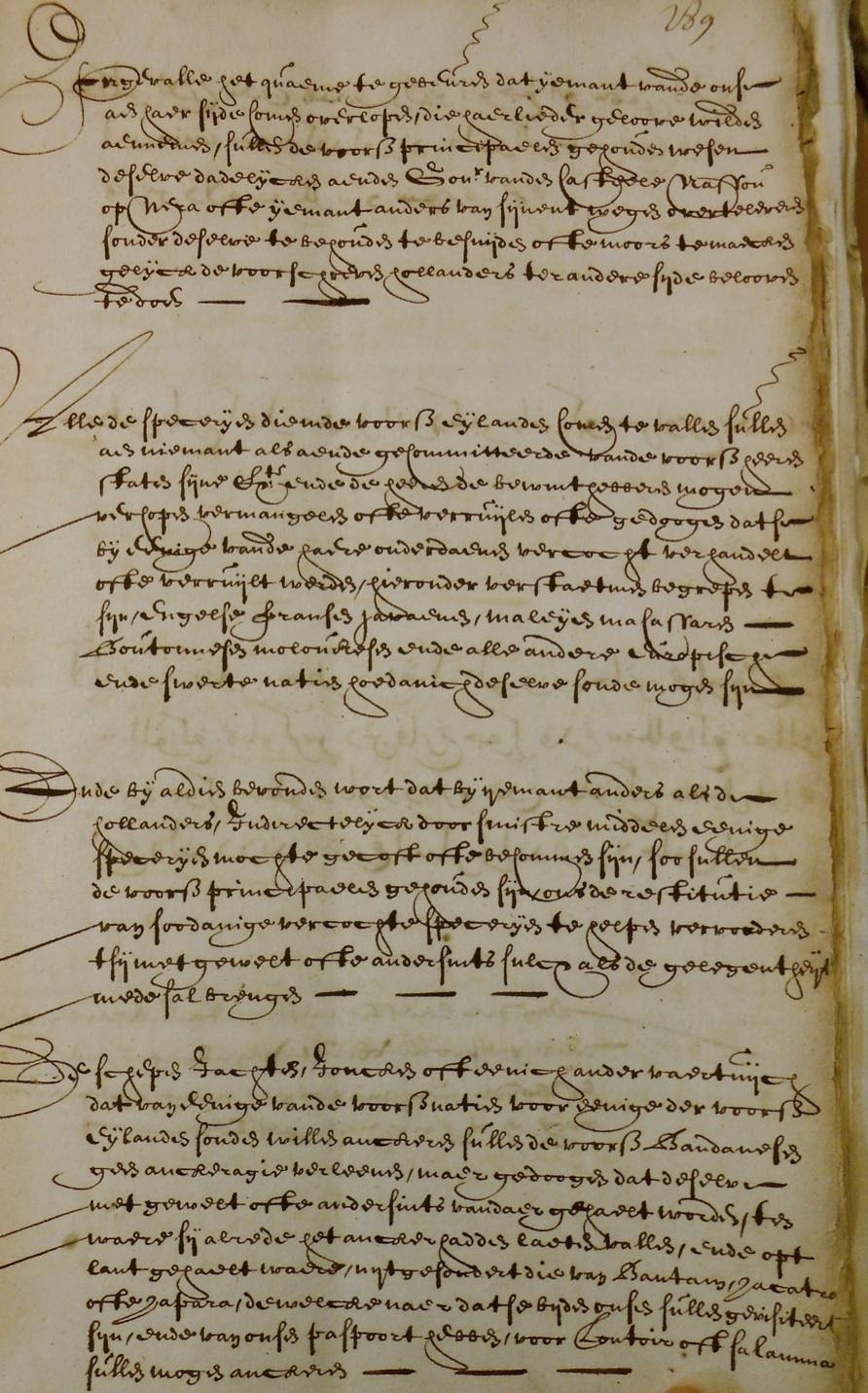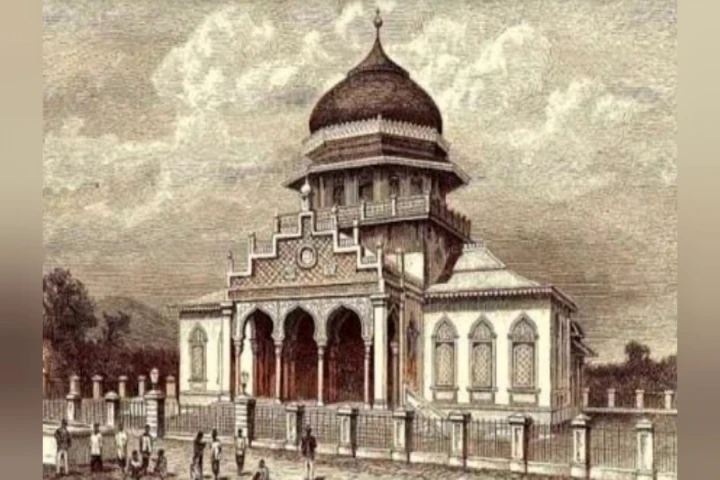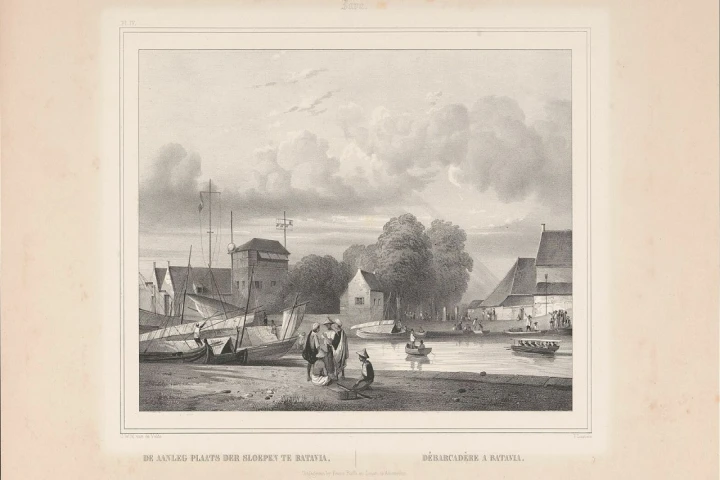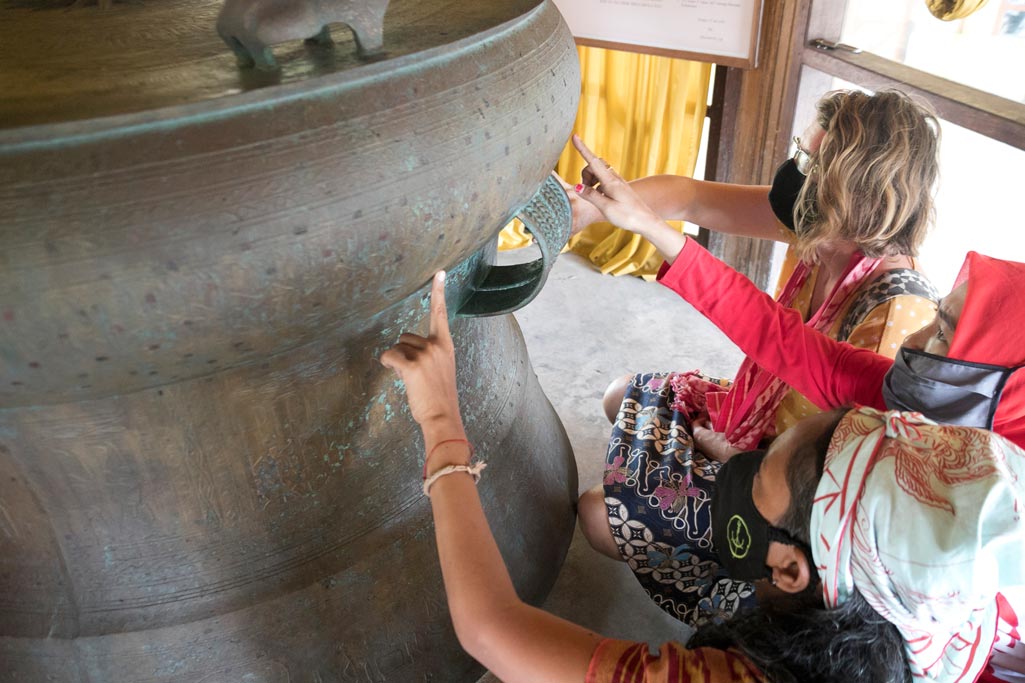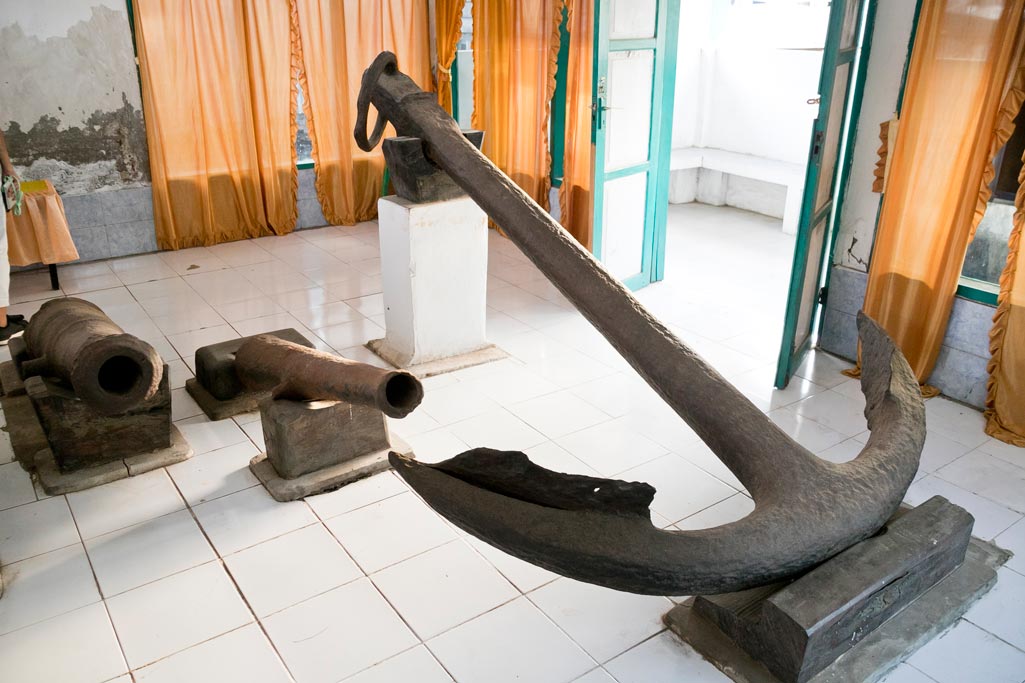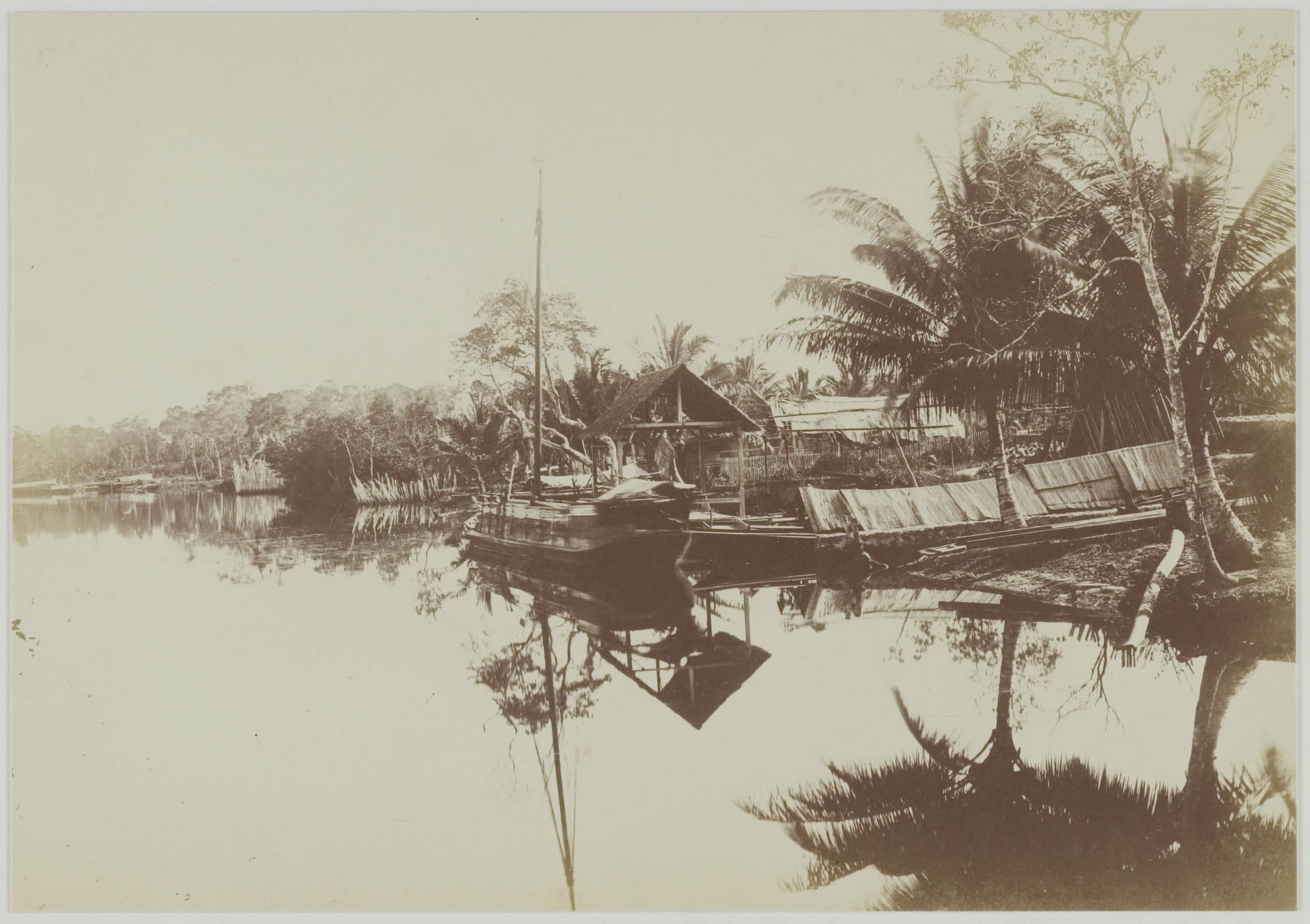
East Belitung Regency, from the Past
Nusantara, the famous archipelago containing various kinds of spices, was visited by different nations worldwide. Traders from Asia, Middle East, and Europe used ships as the primary means of transportation, sailing through long distances to reach Nusantara. It led sailors who entered the western Nusantara to always sail through the Natuna waters to the Java Sea.
Belitung Island was one of the strategic locations on the western Nusantara, and it was almost inevitable that many ships sailed through and visited the island. Thus, a lot of evidence of shipwrecks found in the East Belitung waters became the silent witnesses of the globalization on the island.
Belitung Island was known for its considerable amount of water networks, like straits, small docks, and rivers that reached the hinterland. Water transportation, like kater ships, was used by the locals and comers.
It occurred as a result of the two kingdoms that existed in Belitung. They were the Buding Kingdom located in the north and the Balok Kingdom in the south. Both kingdoms took roles in constructing various facilities along with the water transportation network and as the trade entrance to Belitung.

Kater ships on Belitung coast (Source: Institute for Preservation of Cultural Heritage of East Belitung)
East Belitung Regency, from the Present
From 2018 to 2019, archeologists found several sites of the Balok Kingdom’s former building. The quite large-sized site is located near the river and consists of several points. The site’s shape isn’t so clear, but it’s estimated to be the legacy from the 15th to 17th centuries. To see the whole building, the archeologists need to reconstruct and conduct further research to know whether it is a temple, pendhapa, or pesanggrahan.
According to Prof. Sonny Chr. Wibisono, M.A., DEA., the site becomes strong evidence of the waters network as Belitung Island’s primary source of life. Once restored and reconstructed, the site can be transformed into a historical and cultural tourism site in the East Belitung Regency.
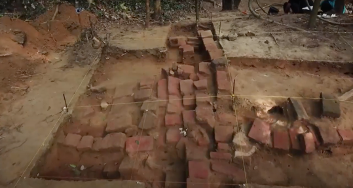
One of the legacy sites of Balok Kingdom
The archaeologists’ findings of many shipwreck locations mark significant evidence of the merchants’ arrivals, which is believed to have sailed through the eastern Belitung Island.
Further, they have excavated two vast locations, Intan Wreck and Berlian Wreck. There, they found various kinds of Chinese and European ceramics, tools, and remains of spices. The goods were also found in the shipwreck site and exhibited in several remarkable galleries in Indonesia and overseas, including the Maritime Gallery of East Belitung, Museum of Fine Arts and Ceramics of Jakarta, and several Galleries in Singapore.
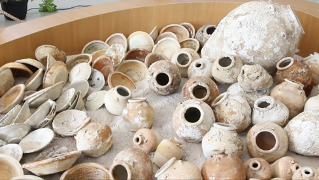
Several ceramics found in the East Belitung waters, exhibited in the Maritime Gallery of East Belitung (source: Salsabila Andriana)
Aside from the findings above, the archeologists also found candlenut shells and sandalwood in the shipwreck site. They estimated that the traders brought a lot more spices though they have been decayed by age. They also found pipisan [grinding stone] from Nusantara. People used it to grind spices, seasoning, and jamu [Indonesian traditional herbal drink].
Presumably, the traders brought various kinds of ceramics and fabrics from their native lands to be traded or exchanged with spices and other tools from Nusantara.
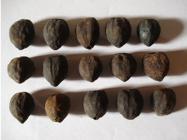
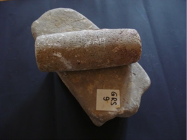
Candlenut shell and pipisan found by the archeologists (source: Prof. Ris. Naniek Harkatiningsih)
In ancient Chinese notes, there was an explanation about various terms of spices and their processes. However, after being traced further, they were not written in the Chinese language; they contained words from Nusantara. Thus, it became strong evidence that spice globalization linked different traditions, and it’s believed to reach other parts of the world.
The traces found in East Belitung Regency, from the past and the present, mark the significant role of this place in the Spice Routes. The evidence of the global strategic point that sailed thousands of foreign ships for the paradise scent.
Sources:
Editorial Team, the Book of Program Jelajah Pesona Jalur Rempah 2020
Editorial Team, Maritime Gallery of East Belitung
Webinar Jelajah Pesona Jalur Rempah 2020 “Potensi Arkeologi Maritim Belitung Timur”
Text: Salsabila M. Andriana
Editor: Doni Ahmadi
Translator: Dhiani Probhosiwi



